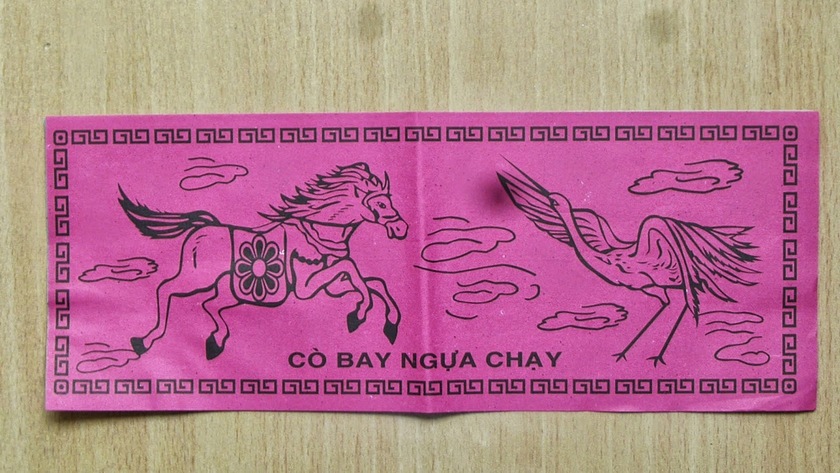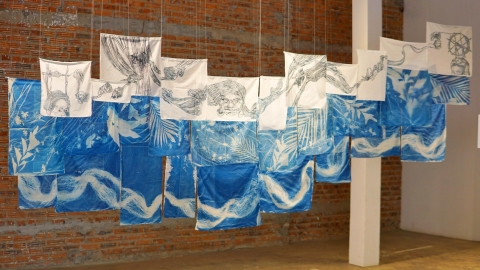Every time Tet comes, Vietnamese people have a very special custom, which is the worshiping ceremony of Ong Cong and Ong Tao. This ceremony takes place on the 23rd day of the 12th lunar month, the day Ong Tao goes to heaven to report to the Jade Emperor about the homeowner's actions in the past year. This is considered a beautiful religious custom, expressing the morality of "remembering the source of drinking water", the gratitude of descendants to their ancestors.
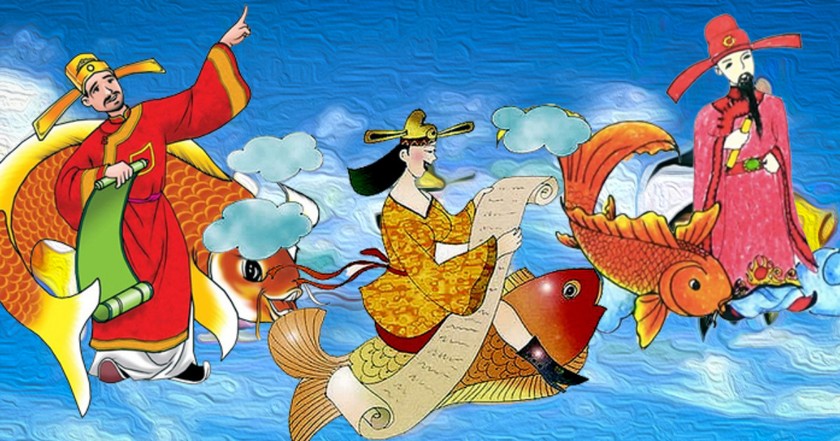
December 23 is the Vietnamese Kitchen Gods' Day.
Traditional customs endure over the years
According to legend, Ong Cong is the god who governs the land in the house, and Ong Tao are the three kitchen gods who oversee the kitchen. On the 23rd of December, these gods will go to heaven to report to the Jade Emperor about the homeowner's activities during the year.
The worship of Ong Cong and Ong Tao originated from China and was introduced to Vietnam a long time ago. This holiday is closely associated with the Vietnamese people's belief in worshipping ancestors and gods. This custom is not only a traditional holiday, but also an occasion for family members to gather and reunite. This is also an opportunity for descendants to express their gratitude to their ancestors, who have worked hard to build our current life.
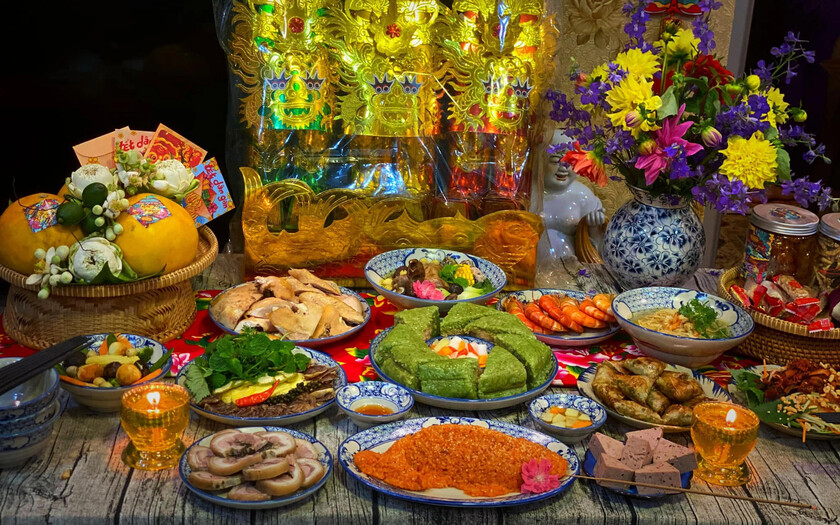
On this day, families often prepare a tray of offerings to the Kitchen Gods with a full range of traditional dishes.
Every year, on the 23rd of December, people hold a ceremony to send Ong Cong and Ong Tao to heaven, with the hope that their family will have good luck. On this day, families often prepare a tray of offerings to Ong Cong and Ong Tao with a full range of traditional dishes such as: banh chung, banh day, boiled chicken, sticky rice, sweet soup, wine, fruit, etc. After the ceremony, the homeowner will send Ong Cong and Ong Tao off by releasing carp into the river or lake. Carp is the means for Ong Cong and Ong Tao to pass through Vu Mon and go to heaven.
What is the difference in the custom of worshiping Ong Cong Ong Tao in the 3 regions?
Both have the same meaning of sending the Kitchen Gods off to the Jade Emperor, but the time of worship and offerings in each region have unique differences.
North
The tradition of worshipping the Kitchen Gods in the North often begins quite early, when many families prepare offerings for the ceremony from around December 20th and at the latest by noon on December 23rd.
According to folk belief, after 12 noon on the 23rd, the Kitchen Gods will go to heaven and will no longer be on earth to receive offerings. Therefore, few places hold ceremonies after this time.
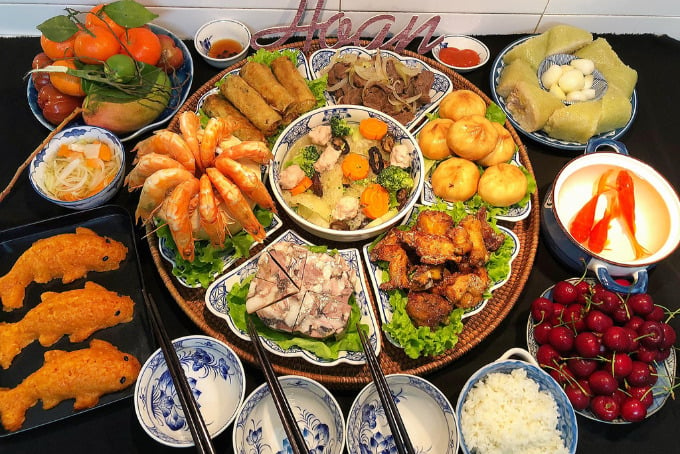
Northern Vietnamese offering tray for Kitchen Gods.
In the North, the offering tray is often full of dishes such as sticky rice, chicken, ham, sausage, bamboo shoot soup, spring rolls... In particular, in many localities, the offering tray often has sticky rice and sweet soup, usually sweet soup made from sticky rice, glutinous rice, brown sugar and ginger.
The most distinctive cultural feature of the North in the worship of Ong Cong and Ong Tao is the use of carp as an offering. The carp can be live or paper carp, depending on the family. After burning incense and praying, the homeowner will usually release the live carp into a pond, lake or river near the house.
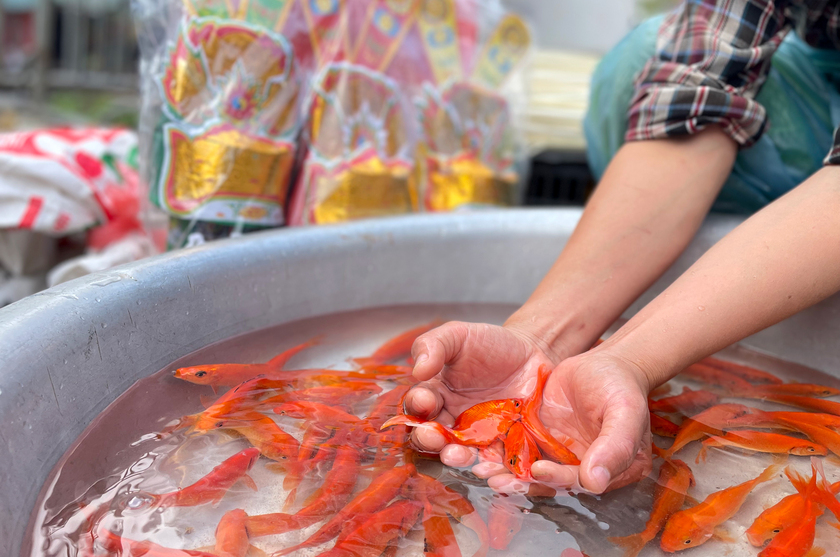
After the ceremony, the homeowner will usually release the live carp into a pond, lake or river near the house.
Central region
The ceremony to worship Ong Cong and Ong Tao in the Central region is considered a special and most complicated ritual compared to the other two regions.
People in Hue and some neighboring provinces usually worship Ong Tao in two different places: on Trang Ong and a small altar placed in the corner of the kitchen. Before the ceremony takes place, the altar will be thoroughly cleaned and the incense burner will be replaced with new sand. After the ceremony ends, the terracotta statues of the three Ong Tao will be taken to the temple or placed under an old tree at the crossroads and replaced with new statues of the three Ong Tao. This action symbolizes the preparation and the beginning of a new term of "taking care of the kitchen" in the new year.
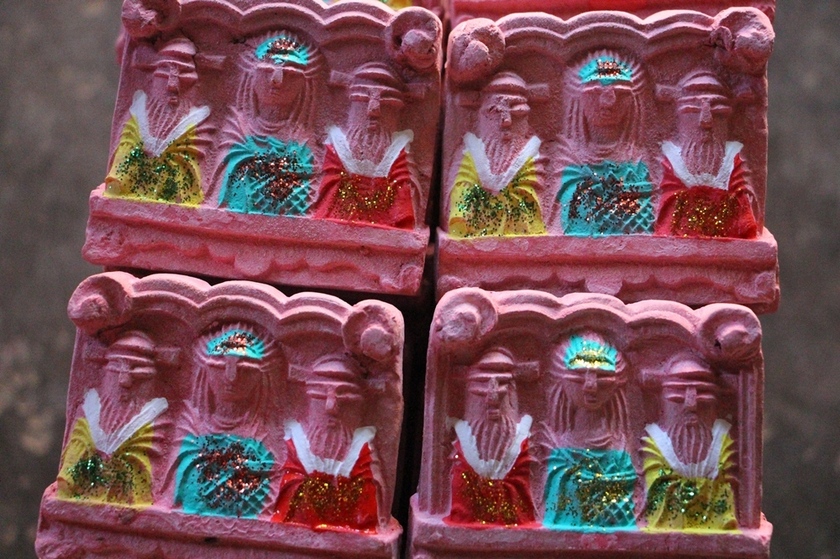
Statue of Tao Quan in the Central region.
In the offering tray, people in the Central region often offer many gifts and a paper horse with a full saddle.
On the morning of December 23, people often have a ceremony to raise a pole in front of their house or in the communal house yard to ward off evil spirits when the house guardian gods are "away". The pole lowering ceremony usually takes place on January 7.
In addition, on the afternoon of the 30th of Tet, people in the Central region also hold a ceremony to welcome the god back and install the new Kitchen God on the morning of the 1st.
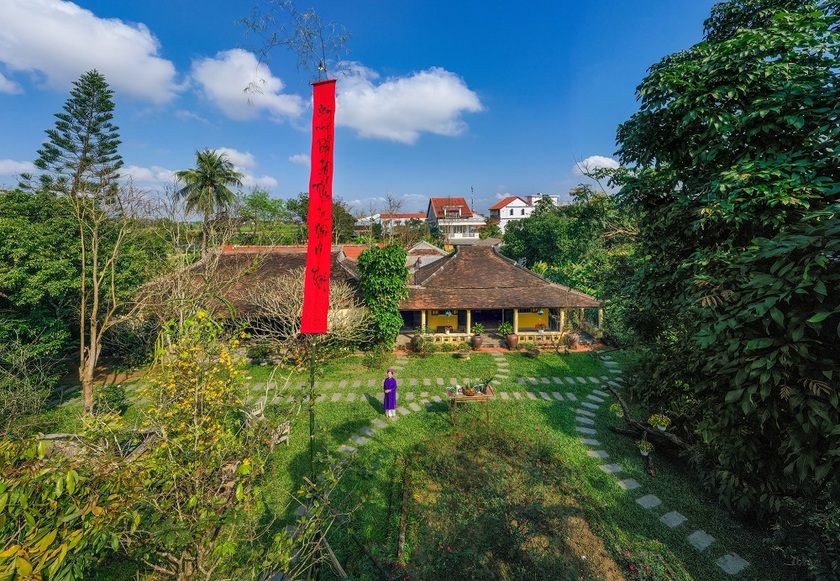
Some places also have a ceremony of erecting a pole in front of the house or communal house yard to ward off evil spirits.
Southern
In the South, the ceremony to worship Ong Cong and Ong Tao usually takes place in the evening, from 8pm to 11pm. Southern people believe that at the end of the day, after the whole family has finished dinner and no longer uses the kitchen, is the appropriate time to send Ong Tao to meet the Jade Emperor.

The offering tray is simple but no less neat of the Southern people.
Due to cultural exchange, the Southern people's offerings are similar to the two regions, but have some unique characteristics. In addition to savory dishes such as spring rolls, ham, banh chung, pickled onions, boiled chicken... Southern people also have a plate of peanuts, candy and a set of "flying storks and running horses". This is an image of a stork and a horse made of paper to help the Kitchen Gods return to heaven faster after the ceremony. The homeowner also often offers 3 sets of paper clothes for the 3 Kitchen Gods.
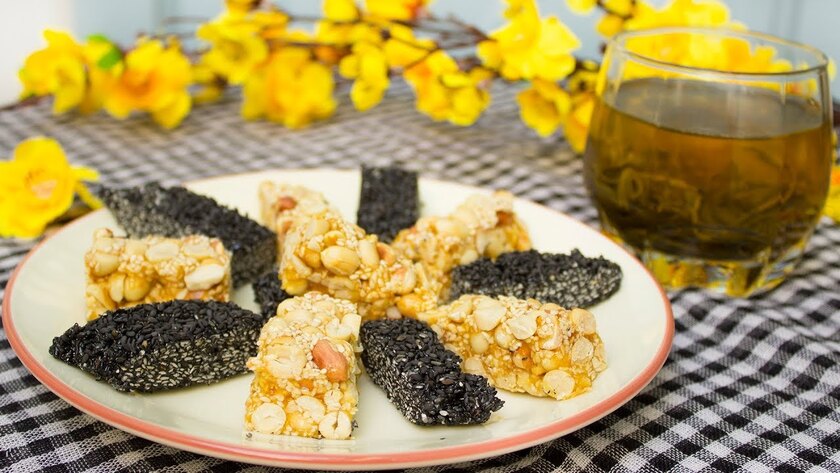
There is also candy - an indispensable dish in the Kitchen God worshiping ceremony of Saigon people.
In addition, in the South, people do not practice the customs of removing incense sticks, burning votive paper, or buying carp in pots and releasing them into rivers like in other regions.
